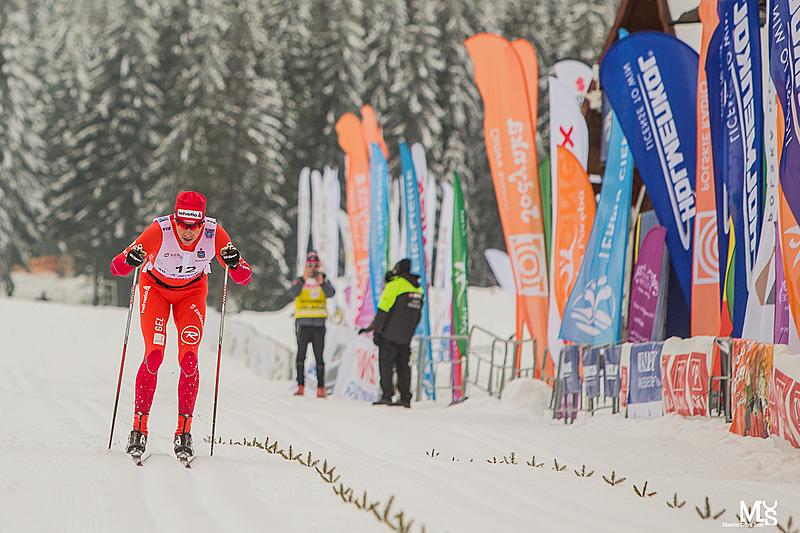How the FIS rule regarding the pole length effects Worldloppet races
Even before the first snow arrived the cross-country tracks all over the world, we already had the first furore. The FIS announced a new rule to save the classic technique in cross-country skiing. According to this new rule, the classic poles are not allowed to be longer than 83 % of the total body length (on boots). This rule should force the athletes to use classic technique and not only double poling.
Of course this new rule effects specially Worldloppet races and skimarathons and many questions from our Worldloppet-skiers reached us. So we collected them and forwarded the big question to the FIS:
For whom is this rule valid and how will this new rule be applied at Worldloppet races/popular races?
So, on the one hand, we can calm you down, on the other hand, you shouldn`t even be upset. But let us begin with the basic information: This rule is valid for ALL cross-country skiing competitions on the FIS calendar, hence also for all the Worldloppet races. And it affects ALL athletes with an FIS-code. This means the new mandatory pole length affects primarily the elite group in every Worldloppet stage and everyone who starts with a valid FIS-code.
But every skier in every Worldloppet competition and also in other skimarathons who wants to protect the classic technique should follow this rule. Of course it is not possible for the organisers to control everyones pole length. In practice the OC will do some random checks among the elite group and also among the popular skiers, either in finish or at the start. But if you want to ski a good technique, you definitely should adapt your poles to the 83 % of your body hight, because this is the perfect relation, calculated by trainers, skiers and other experts.

We also asked organisers, skiers and of course the FIS representatives about their opinion regarding the new FIS rule. Here are some words of their answers.
Jo Gunnar Ellevold, Birkebeinerrennet
“The procedure will be the same like we already do it with doping-controls. We will pick randomly some elite skiers and some popular skiers and check their pole-length. So we have to prepare several measurement tools to measure the pole-length compared to the body-length. But I think the athletes are still going to double-pole races like Vasaloppet, Birkebeinerrennet, etc. They just will adapt their technique to poles with a length of 83 % of the body height.”
Pierre Mignerey, FIS Race Director Cross-Country
“I don´t see any differences between Worldloppet races or other skimarathons to any other FIS-competition like a Worldcup. We are talking about random checks either in the finish- or the start area and it is up to the organisation committee, how many controls they want to proceed. It is the obligation of the jury to decide where, when and how many to control and the Technical Delegate controls the whole procedure, while the organisation committee helps him with it.”
Aurelie Dabudyk, FIS Worldloppet Cup Overall winner ladies 2016
“For me personally, this is not a big deal. My poles are not so tall anyway, so I don’t need to reduce the size. But I also think, if this rule is for everyone the same, everyone has the same conditions. So no need to complain. And yes I also for sure think it will help to protect the classic technique, particularly for the Worlcup races.”
Adrien Mougel, FIS Worldloppet Cup favourite for 2017
“For me, it doesn’t change a lot. Now I am using poles with 155 cm length, after this rule, it will be 153,7 cm. So in total, I loose 1,3 cm. I think this will be OK for my back, hopefully. But Cross-Country skiing is changing, athletes become more and more powerful, training becomes more and more efficient. In the future, I think the skiers will definitely use double-poling more and more with or without this rule.”
Important links:
http://fasterskier.com/blog/article/fis-rules-for-shorter-classic-poles-to-defend-classic-technique/
BACK













